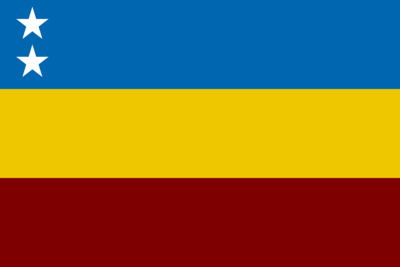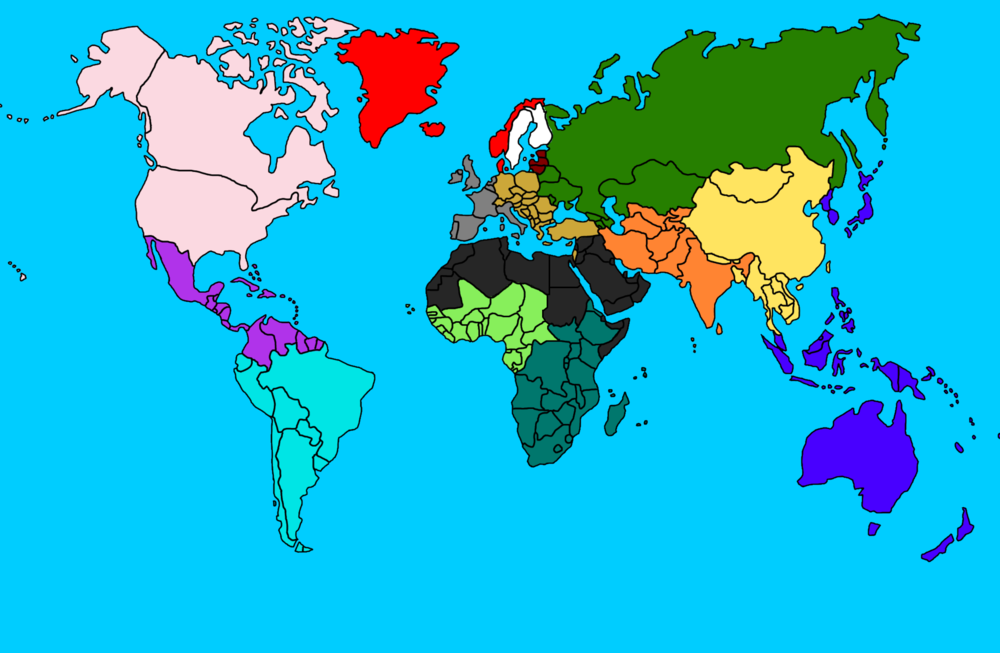Difference between revisions of "Government of the Ruhn-i-Leht"
(Created page with "Flag of the Ruhn-i-Lehtese States '''Apvienotaa Saeima''' (The United Saeima), '''The Council''' and '''The Presidential House''' funct...") |
|||
| Line 23: | Line 23: | ||
Every member of the House recieves 1 vote, but the President also has additional veto rights. They have two options - Yes or No. If the President votes No, or a majority Yes vote is not reached, the law is not introduced. If there is a majority Yes vote, and the president has said Yes, the law is introduced. | Every member of the House recieves 1 vote, but the President also has additional veto rights. They have two options - Yes or No. If the President votes No, or a majority Yes vote is not reached, the law is not introduced. If there is a majority Yes vote, and the president has said Yes, the law is introduced. | ||
| + | |||
| + | [[Category:Ruhn-i-Leht]] | ||
Revision as of 09:45, 15 November 2015
Apvienotaa Saeima (The United Saeima), The Council and The Presidential House function as the Goverment of the Ruhn-i-Lehtese states.
Apvienotaa Saeima
The Apvienotaa Saeima is the official legislature of the Ruhn-i-Lehtese States. The Saeima consists of 50 Ruhn-i-Lehtese high-awardens - ex-Presidents, ex-Presidential Representatives, ex-International Representatives, ex-Council Executors and previous candidates for presidency or executorism. All high-awardens hold the Role Medal. There are more then 50 alive Ruhn-i-Lehtese high-awardens, so they have to be hand-picked by the President. Notably, high-awardens don't have rights to quit, and can't be fired, though, if the president changes, the high-awardens are re-picked, due to which some high-awardens lose their seat in the Saeima.
The Saeima's job is to continue the Ruhn-i-Leht Issue List - it mainly consists of talked about things in the Ruhn-i-Leht that the citizens want to change. An Issue consists of two parts - the topic and the options. The Saeima never votes on the result, it only votes on what they will allow the Council to pick from. Though, notably, it is required by law that an Issue's options have 1 negative and 1 positive option, and has at least 3 options. The Saeima votes on two issues per day.
The Saeima have three options when voting - Pass, Dismiss and Skip. Voting Pass equals 1 Yes vote, voting Dismiss equals 1 No vote, whilst Skip means not voting at all. Getting more then 25,1 votes is needed to win (that is the majority), but every Skip vote lowers this number by 0,5 votes. If none of the options reaches the majority, then the vote is passed to the 3 presidential representatives, and have 2 options - they can't Skip. If one or more of the representatives votes Pass, the Issue is passed, but if all of them say Dismiss, the Issue is Dismissed. This system is used, because the presidential representatives have 60% of the vote in the Presidential House, and so, saying that the Representatives do not agree to any of the options means that the vote in the House will be majority no, but if 1 presidential representative says yes, there is a chance of the vote being passed.
The Council
The Council uses the passed Saeima Issues and votes on 1 of the given options. The Council consists of 15 International Represantives and the Council Executor. The International Representatives represent the whole world, which is divided into 15 regions mainly by geographical location - Baltics (dark red), East Scandinavia (red), West Scandinavia (white), West Europe (grey), East Europe (gold), North Asia (dark green), West Asia (orange), East Asia (yellow), Oceania (dark blue), Arab World (black), West Africa (light green), East Africa (cyan green), South America (light blue), Central America (purple) and North America (pink).
The Council Executor is always a high-awarden - usually the previous president, though, a Council Executor changes every single Presidential Term, and so, sometimes, ex-Presidential Representatives and ex-International Representatives can get the job.
The International Representatives each get 1 vote in the Council, whilst the Council Executor holds 10 votes, which can be spread across multiple options. Once an Issue is passed by the Saeima, the International Representatives decide who to vote for - they can select one option, or order options (first choice, second choice...). Then the Executor distributes his 10 votes. 13 votes are needed for an option to be passed to the Presidential House. If an option doesn't reach the majority (13 votes), then the option that has the least votes is crossed out. The removed votes are checked, to see the second choices put. If a second choice is not selected, then the vote is fully removed. If a second choice is selected, it recieves the vote. This is continued until someone reaches a majority, or only one is left. Though, if there is a tie between all remaining options, the representatives vote again, excluding the crossed out options, until 13 votes are reached, or one is left. If after three voting tries, there is no result, the Council Executor independently picks the winner.
The Presidential House
The Presidential House has rights to veto Council voting results. The Presidential House consists of the President, the 3 Presidential Representatives and the Council Executor. The President is elected by the Saeima, and to run for President you have to be a high-awarden, or a PRB - Presidential Representative Back-Up - a minimum of two are selected by the President. The 3 Presidential Representatives are also selected by the President - usually these are people in the family or close friends.
Every member of the House recieves 1 vote, but the President also has additional veto rights. They have two options - Yes or No. If the President votes No, or a majority Yes vote is not reached, the law is not introduced. If there is a majority Yes vote, and the president has said Yes, the law is introduced.


